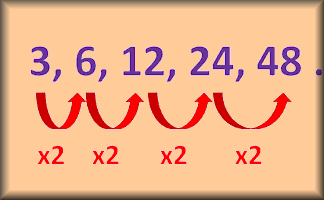Srinivasa Ramanujan (22 December 1887 - 26 April 1920) was an extraordinary Indian mathematician whose work continues to amaze people today. He was renowned for his incredible intuitive ability to perform complex calculations in his head, often with very large numbers.
Even though he didn't have much formal education in mathematics, he made groundbreaking discoveries in areas like number theory, mathematical analysis, and infinite series. These are areas that might sound complicated, but they're crucial to understanding how numbers work and interact.
Imagine discovering nearly 3,900 new mathematical ideas all by yourself - that's what Ramanujan did during his short life! Some of these ideas were so unique that no one had thought of them before. His work includes special numbers called Ramanujan primes and functions like the Ramanujan theta function. These might sound like big words, but they've opened up entire new fields of study and inspired mathematicians to keep exploring for years to come.
Many of Ramanujan's ideas were so ahead of their time that it took other mathematicians years - sometimes even decades - to fully understand and prove them correct. His notebooks, filled with his calculations and discoveries, are still being studied today. In fact, as recently as 2012, mathematicians found new and surprising results in his notes that no one had noticed before.
Ramanujan's incredible talent was recognised by some of the greatest mathematicians of his time. He was one of the youngest people ever to become a Fellow of the Royal Society, a prestigious group of scientists, and the first Indian to be elected a Fellow of Trinity College, Cambridge - a huge honour.
Despite facing many challenges, Ramanujan's passion for mathematics never wavered. His story is a powerful reminder that with curiosity and determination, amazing things are possible, no matter where you come from or what obstacles you face.

Appreciate the work of Ramanujan by trying some of the maths that this mathematician is known for.
There is an activity called Geometric Sequences that you could try right now. An exercise on geometric sequences including finding the nth term and the sum of any number of terms.
So there's no better time than the present to learn some mathematics from the past: let's Go!




